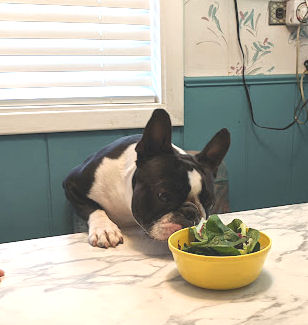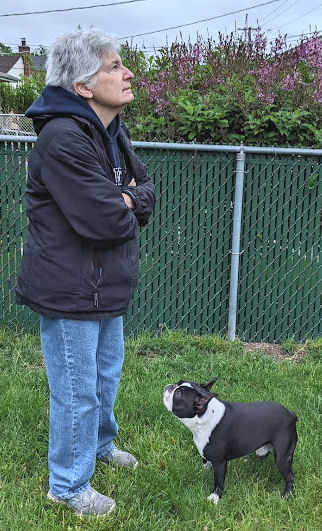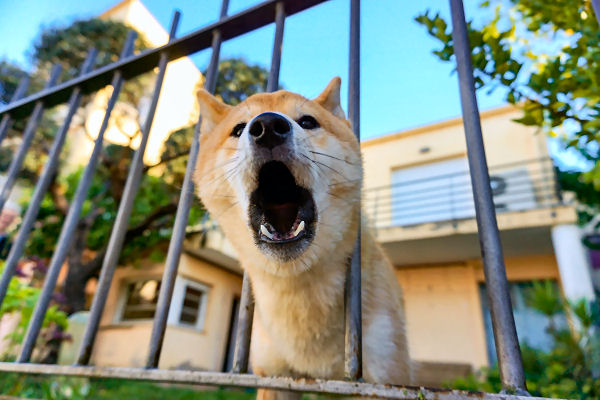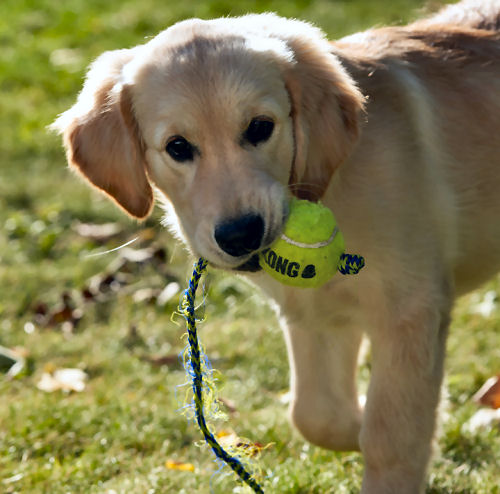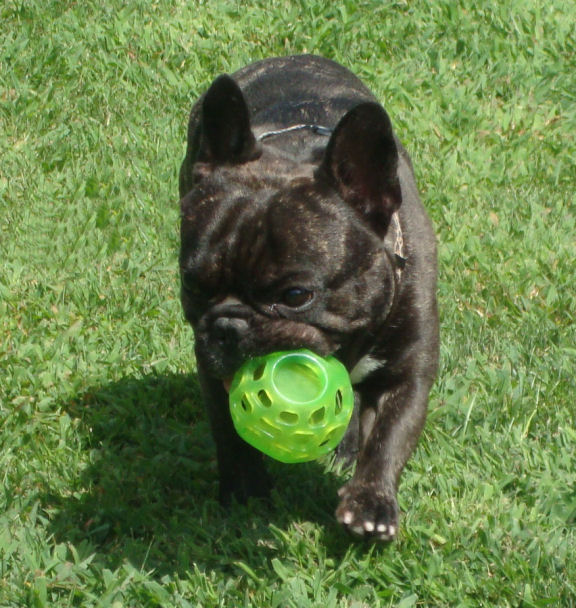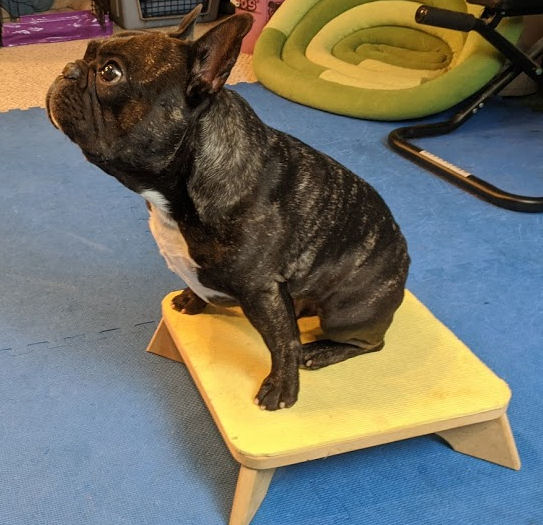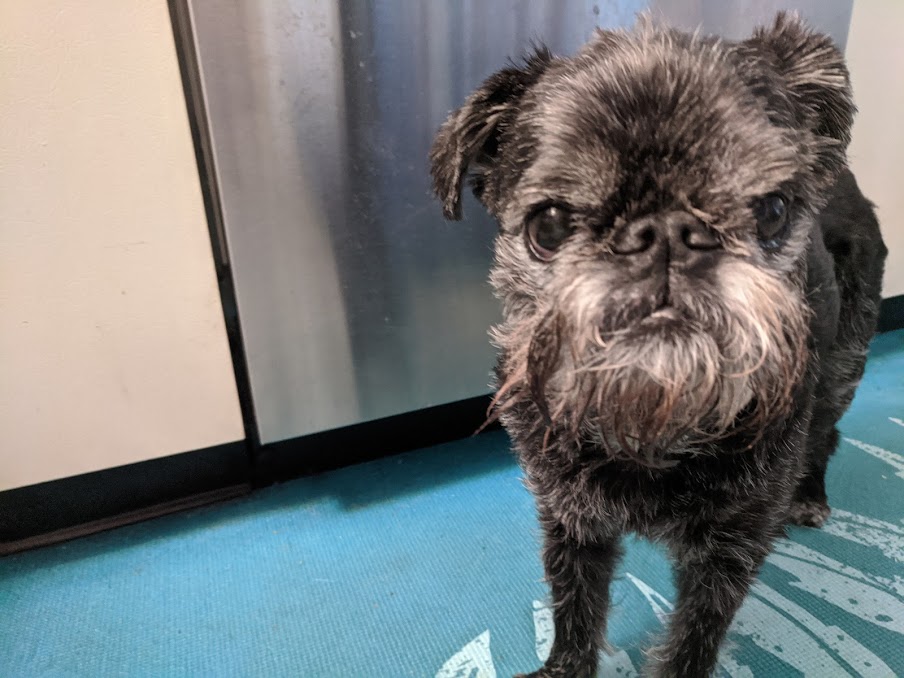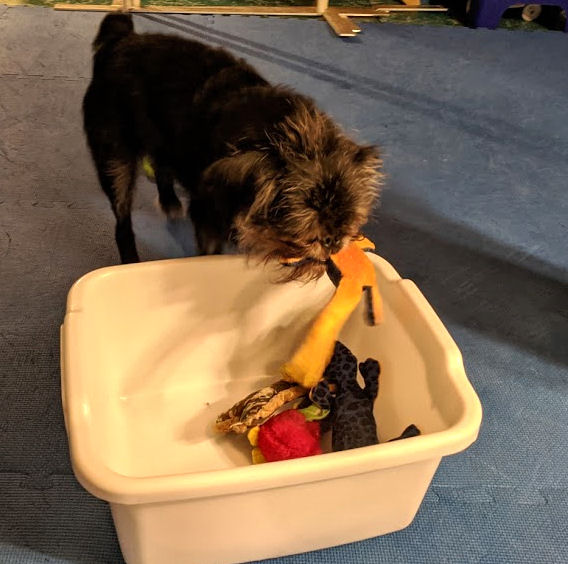We’ve all heard the saying that “the journey of a thousand miles begins with one step.” That’s true for dog training, too. This is a journey that we’re on, and since it lasts the dog’s entire life, we all hope it’s a very long one. Dog training step by step means your dog thoroughly understands, trusts you completely, and loves you completely.
Sometimes it may seem like you’re not getting anywhere fast. And you may not be. Steady progress is difficult to measure. Especially when you have a 2-Minute game session that doesn’t go particularly well. That’s one of the beauty parts of the system – even the worst game session is only two minutes long. While we often want the good ones to last longer, we’re grateful the bad ones end quickly.
Baby steps get you there
If you have a dog who loves playing fetch, it’s a great game. If your dog doesn’t understand any part of it, it’s a complex behavior that your dog can learn to love playing. There are lots of moving parts to fetch:
- Wait while you throw the toy.
- Run after the toy.
- Find the toy.
- Pick up the toy.
- Hold the toy.
- Run back with the toy.
- Drop the toy.
If you have a non-fetching dog, not a single one of those steps comes naturally to your dog. Every one of them can be taught as a separate game. But if you’ve ever thrown a toy for a dog who sat there and looked at you, you know it’s impossible to teach the entire game at one time. If your dog is a “if you wanted it, why did you throw it away?” kind of dog, you know what we mean.
Keep it small and doable
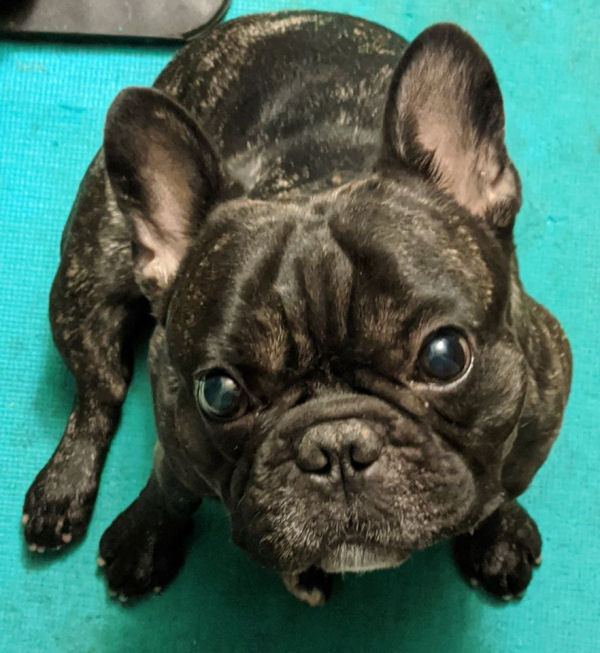
When every step is its own game, with a reward for small steps, no one gets discouraged. If you ask too much of your dog, they may disengage. Stress behaviors might include walking away, turning their head, licking their lips, yawning, or scratching. If you see any of those, it’s time to step back and assess the situation. Did you ask too much? Is the step you’re taking too big? Can you break it down smaller? We recently broke down the steps for Tango’s favorite game – “Put your toys away.”
Recently Hope was starting to teach the Utility Obedience exercise “Directed Retrieve.” In this exercise, three gloves are evenly spaced apart at one end of the ring. The dog is supposed to fetch the glove his owner points at. Hope’s French Bulldog Torque knows how to go get stuff and bring it back to Hope. He loves the dumbbell retrieve that’s another Obedience exercise.
Torque was completely flummoxed by the Directed Retrieve. Even though he knows “Get It!,” he was unfamiliar with the gloves, the multiple objects, and Hope’s directional signal. So Hope’s breaking it down. After a few 2-Minute games, Torque will now pick up the glove and carry it. He’s working on dropping it on command. And he’s still figuring out how to tell which one to get.
Too much to swallow
It’s discouraging to fail. Torque didn’t recognize that “fetch the glove” was pretty much the same as “fetch the dumbbell.” We’ve mentioned before that dogs don’t generalize, and here was another proof. Now each part of the exercise is a separate game.
If your dog truly isn’t making progress with something you want to teach, think about the smaller steps you can take. The way to keep your 2-Minute dog training games fast, fun, and effective is to keep the steps small. You’ll get where you’re going, whether you take small steps or giant leaps to get there.

